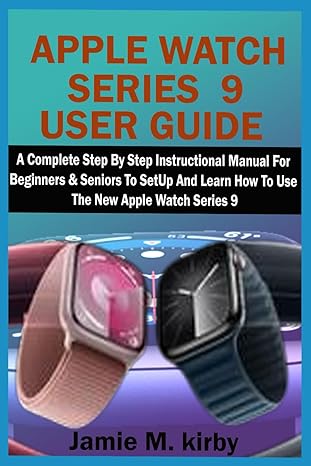An active area of research is forensic entomology, i . e . the application and study of insect and other arthropod biology to crime scene
An active area of research is forensic entomology, i.e. the application and study of insect and other arthropod biology to crime scene investigations. The presence, growth, and development of insects and arthropods can be used to date crime scenes. An important consideration in this field is the temperature of a body, since temperature is a driving factor in the developmental cycles of most insects and arthropods. Techniques such as Newton's Law of Cooling can be used as a first order approximation of the object's temperature. Let's examine how Newton's Law of Cooling works using a cup of coffee as a convenient object of study.
Assuming a constant ambient temperature (i.e. the temperature of the environment), Newton's Law of Cooling is given as
 dT0dt=K(TAT0) dT0dt=K(TAT0) | (6) |
where  TA is the ambient temperature,
TA is the ambient temperature,  T0 is the initial temperature of the object of interest,
T0 is the initial temperature of the object of interest,  K is a proportionality constant, and
K is a proportionality constant, and  t represents time. Eqtn. 6 is a separable differential equation. Solving Eqtn. 6 using the basic techniques of calculus yields
t represents time. Eqtn. 6 is a separable differential equation. Solving Eqtn. 6 using the basic techniques of calculus yields
 T(t)=TA+(T0TA)eKt T(t)=TA+(T0TA)eKt | (7) |
where  T(t) is the temperature of the object of interest at time
T(t) is the temperature of the object of interest at time  t.
t.
Consider the following:
A cup of coffee is made at exactly 12:00 p.m. (noon).
The temperature of the room the coffee cup is in is 65.0 F.
After two minutes, the coffee has cooled from an initial temperature of 190 F to a temperature of 180 F.
For this problem, complete the following:
Calculate the proportionality constant  K by hand. There is no need to turn in your written work for this; instead, you will use this information for the rest of the problem. Strictly speaking, it does not matter what unit set you use for
K by hand. There is no need to turn in your written work for this; instead, you will use this information for the rest of the problem. Strictly speaking, it does not matter what unit set you use for  K, but as a practical matter for the other parts of this problem you may find it advantageous to calculate
K, but as a practical matter for the other parts of this problem you may find it advantageous to calculate  K in terms of sec-1.
K in terms of sec-1.
Using the calculated proportionality constant:
Create an array of time values ranging from  t = 0 sec to
t = 0 sec to  t = 18,000 sec in steps of 1 sec. Using a vectorized operation, calculate an array of coffee temperatures that correspond to the given times. You may not use loops to accomplish this.
t = 18,000 sec in steps of 1 sec. Using a vectorized operation, calculate an array of coffee temperatures that correspond to the given times. You may not use loops to accomplish this.
Calculate an array of temperature values one at a time using a loop. You may not use vectorized techniques to accomplish this. Note that you should get the same result for both approaches (1) and (2); if not, a mistake was made in one (or both) approaches. Use this information to check your work.
Using either your results from Part 2(1) or Part 2(2), plot the temperature history vs. time. (If you completed Part 2 correctly, the results should be identical anyway.) Be sure to include a title,  x-label, and
x-label, and  y-label on your plot. Make your line a blue dash-dotted line, with diamond data markers.
y-label on your plot. Make your line a blue dash-dotted line, with diamond data markers.
Experiment with the time step size, allowing the time step to become larger and smaller. Calculate the wall time (i.e. the "real time") for runs of both the vectorized and loop-based approaches as you vary the time step size. Is one approach faster than the other? Does it depend on how big the data set is? Leave code for at least three numerical experiments in the project file you submit for a grade, but feel free to explore more scenarios than this. Print your responses to these questions to a data file located on the desktop of the machine you are using; be sure to close that file when you are done. (When we grade your code, we will check to make sure this process would work for you on your machine, even if the file system on your machine does not match the file system on our own machines.) When you consider your responses, please remember that MATLAB's loop performance has improved over the years, so be sure to report what you actually observe; offer your reasoned explanation for why you are seeing what you are seeing.
dTy = K (TA-13)Step by Step Solution
There are 3 Steps involved in it
Step: 1

See step-by-step solutions with expert insights and AI powered tools for academic success
Step: 2

Step: 3

Ace Your Homework with AI
Get the answers you need in no time with our AI-driven, step-by-step assistance
Get Started


